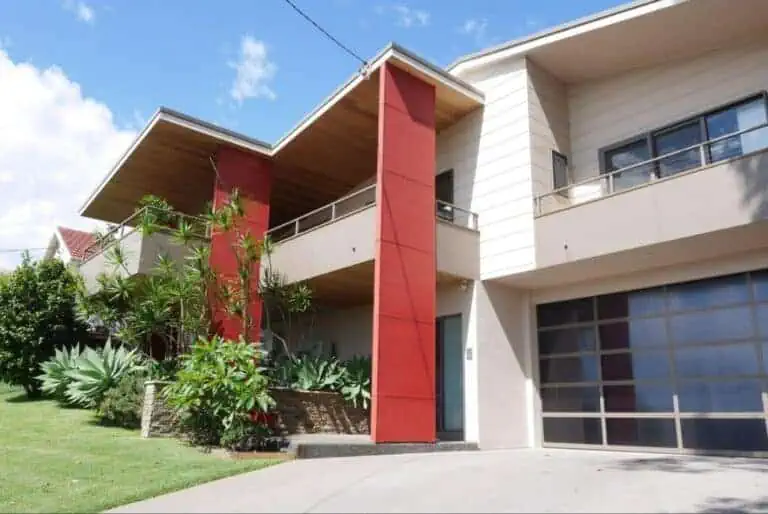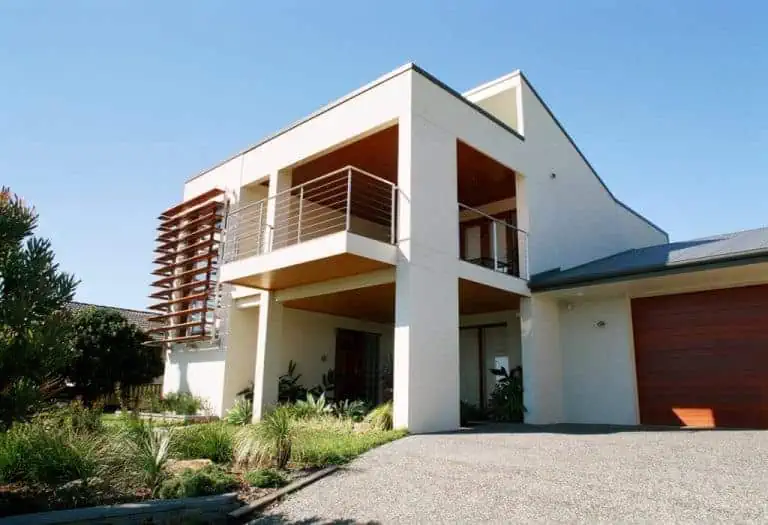
A guide to adopting the Hampton’s style into your Australian home:
The “Hamptons” style seems to be mentioned in every second article in current popular house media. The frequent reference to this style has lead to a lot of confusion about what Hamptons style actually is, everyone seems to have their own interpretation. Talking to many of our Clients it becomes obvious there are many and varied opinions about what constitutes Hamptons style. This blog seeks to clarify some of this confusion by addressing house design beyond simple visual attraction.
The Hamptons are a series of villages located on Long Island in New York State on the East Coast of the United States. These villages were established in the late 1800’s and early 1900’s as a seaside holiday destination for the wealthy citizens of New York.
The traditional building elements of an original Hamptons house include the following:
- Timber shingle roof.
- Timber shingle or weatherboard cladding.
- Painted timber windows with multiple window panes.
- Steep roof pitches.
- Large timber columns and beams.
- Porches or verandahs with closely spaced picket balustrades.
- Ornate external timber trim and mouldings to windows, doors, fascias, barges etc.
- Relatively small traditional window openings set within walls.
- Painted external trim and cladding with grey and white colours.
- Dormer windows located to serve attic roof spaces.
Many of these features are based on the materials that were available in that location and the cost of labour when these houses were built. These houses also reflect the technology current at that time.
Many of these features are inappropriate in our current context, due to:
- High maintenance and cost of upkeep.
- Differences in climate between Australia and the North East of the United States.
- Cost of materials and labour.
- Differences in contemporary lifestyle (modern Australian family living, versus the lifestyles of the rich and famous in the 1900’s).
- The requirement for views, natural light and good ventilation (houses today are far more open to the exterior than buildings constructed in the early 1900’s).
So when the traditional elements of an authentic Hamptons house are considered, together with the major differences in climate, the question arises “what has this got to do with Australian houses built today?” A cynic may answer nothing much at all!
However the interest in the Hamptons style requires further analysis and consideration. The popularity of the Hamptons style has obviously triggered a desire for a type of house that is currently not being provided.
To evaluate the Hamptons style consideration needs to be given to what can be appropriated and what is valid for our situation in Australia. Building materials such as timber shingle roofs and painted timber windows are not appropriate to the Australian climate due to the intensity of the sun and the maintenance cycles required. The large timber members used in the original buildings for verandah posts and beams are now commercially difficult to obtain and come with a very high price tag. The small windows with the multiple panes are no longer considered desirable, restricting natural light and breezes and obscuring views. The extensive painting of timber trim for verandah elements, fascias, barges, window trim etc., is also viewed as undesirable due to the initial cost of painting and then the frequent repainting that is required to keep these materials in reasonable condition.
The popularity of the Hamptons style seems to be a reaction against the bland brick project homes which have become ubiquitous throughout new suburban housing estates. When any building such as the standard project home is duplicated ad infinitum there is inevitably a reaction against the monotonous repetition of such a characterless house forms. The Hamptons style strikes an emotional chord with many people due to its associations with coastal and holiday living in a building which is more responsive to our climate and particularly a coastal setting. The Hamptons style is also attractive because it is usually the result of a custom design and certainly quite distinctive from the standard project home.
The building features that suit the Australian building methods, lifestyle and climate include:
- Roof forms with steeper pitches are easy to achieve using timber truss construction.
- Weatherboard cladding can now be duplicated with more modern materials which require lower maintenance and have better weathering qualities.
- Verandahs and porches are now being incorporated as outdoor living spaces in most contemporary houses. These outdoor spaces are usually linked to the internal living areas through large folding or sliding glass doors to provide a seamless indoor/outdoor relationship.
- The character of a coastal or beach house can be achieved using the techniques described above together with a functional and efficient floor plan.
So the Hamptons style that is attractive to many people is really in essence a contemporary house that is light and open (not face brickwork) with generous spaces responding to our climate and lifestyle. A house that is more of a custom design rather than the standard pre-designed project home. These features can be achieved using current building technology and sustainable strategies. These are features that can be incorporated in any contemporary custom house design. Only slight design articulation is required to achieve what most people would call a Hamptons style i.e. add a pitched roof, weatherboard cladding and a grey and white colour scheme.


So whether a house is described as a ‘Hamptons style’, or a ‘beach house’ or ‘contemporary coastal’ doesn’t really matter. ‘Hamptons style’ has become a type of shorthand to describe a range of design features. What is important is that the fundamentals of good design are followed to provide a comfortable lifestyle appropriate for our climate. As Shakespeare once said “a rose by any other name…………”


